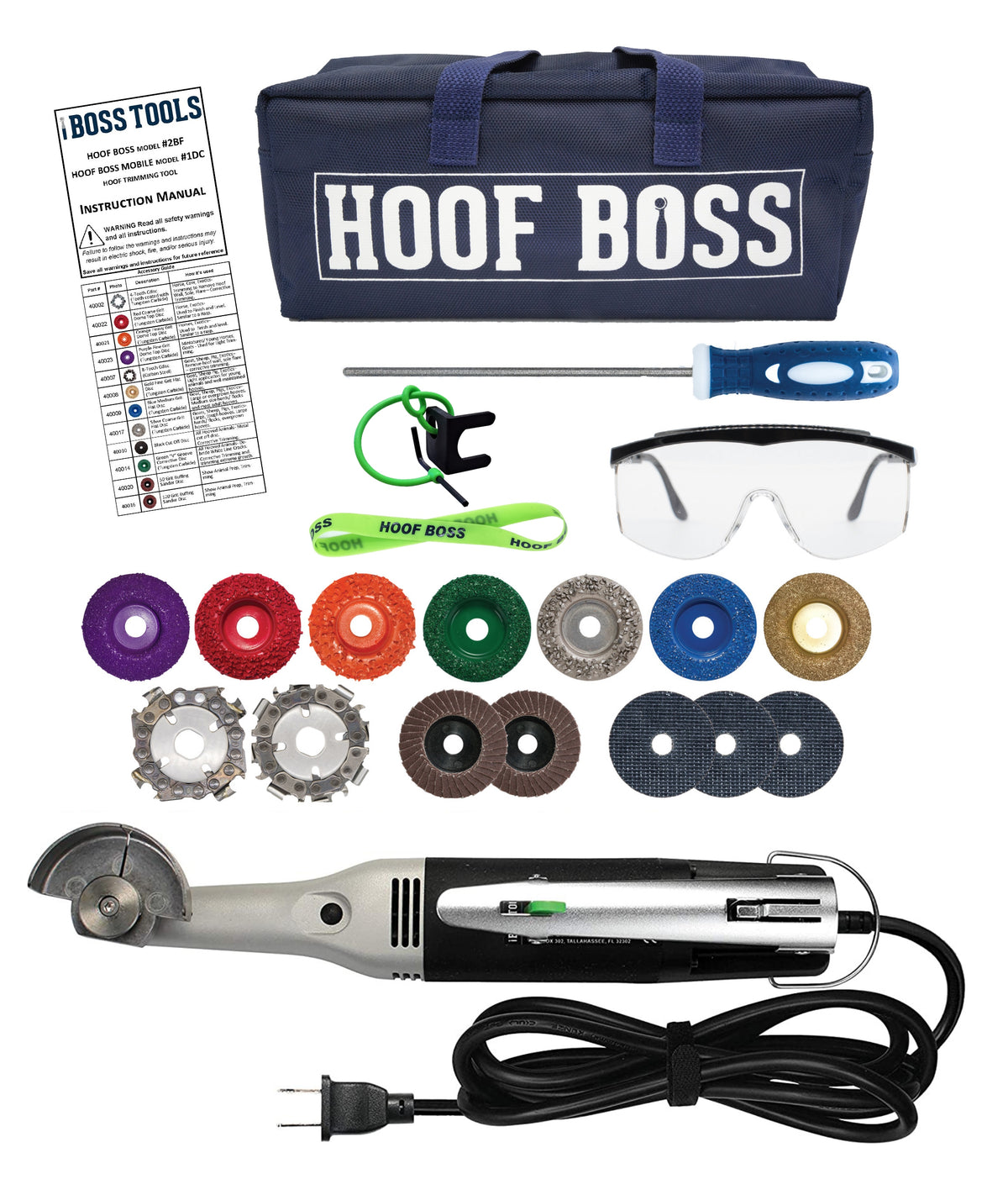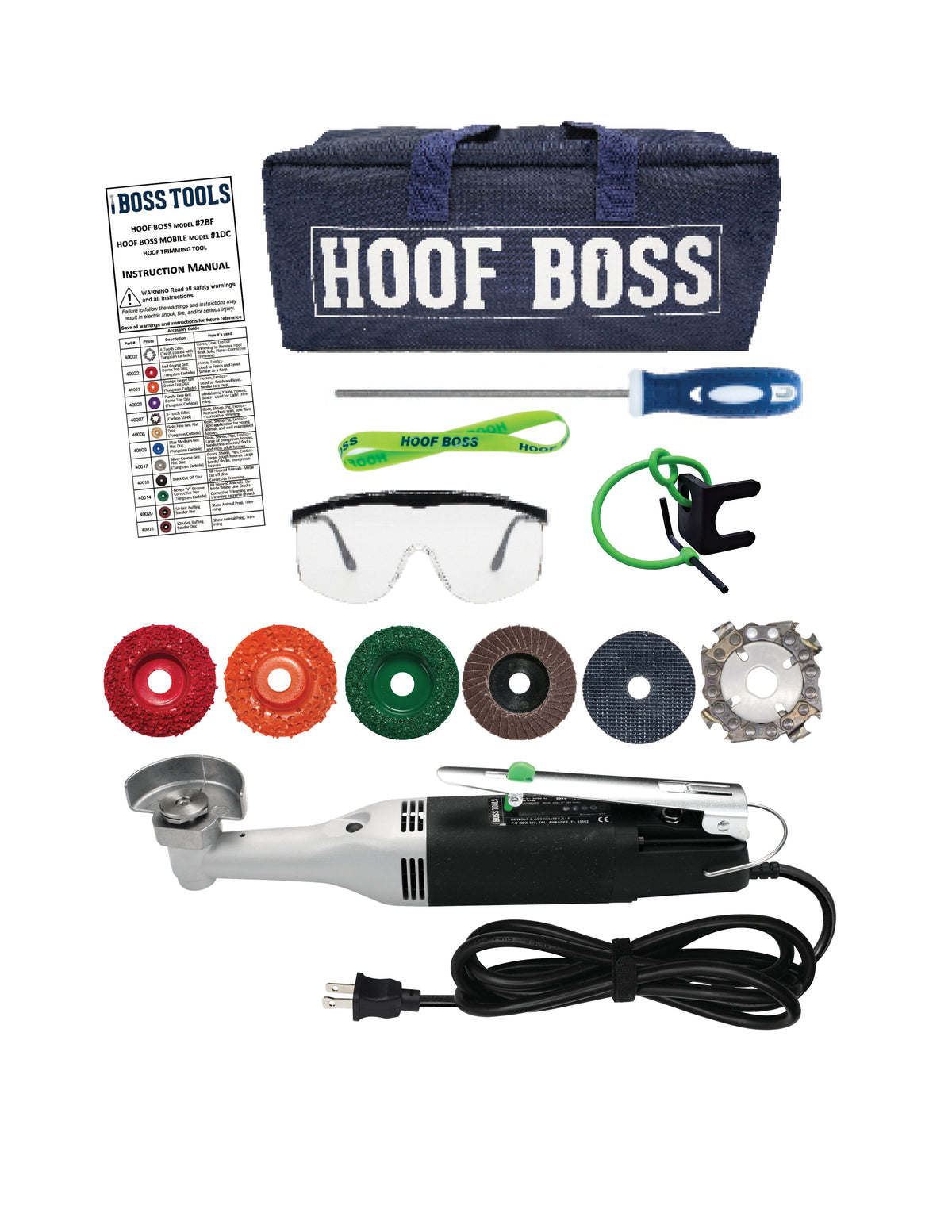Keeping your doe happy and healthy
The average gestation period for most goats hovers around 150 days. During this time, it’s crucial to keep your doe comfortable and healthy.
Both selenium and vitamin E are crucial for avoiding any complications during labor. Pay special attention to the quality of the hay you feed your goats and what its nutrient contents are. You can check a map to see the selenium content of a particular county or state.
It’s also important to keep your doe comfortable to avoid overstressing during the pregnancy. If you bred your doe during the colder months, then it would be a good idea to clothe your goat when the weather gets too harsh. Likewise, you should keep your goat cool if you bred during the spring and summer months. Proper hoof care is also essential as your doe gains weight during the pregnancy.
Signs your doe is about to give birth
So you think your doe is about to give birth? Look out for these common signs the kid is on the way. You might notice your doe start to lick itself, you, and anything around it. It is a natural response as it prepares to clean its baby. Licking can also be accompanied by aggressive smelling and nosing the ground. Bringing us to the next sign your doe is about to give birth to a kid, nesting.
You may notice your doe is pawing at the ground. This could mean that it is preparing the pen. Another behavior that shows strong signals that it’s almost time for birth is making sounds of discomfort, accompanied by frequent standing up and laying down. Generally, you’re looking for overall changes in behavior.
Apart from behaviors, you should also look for physical signs that will tell you it’s time to prepare. Check your goat’s udder to see if it is tight and swollen. Although it will enlarge during the course of the pregnancy, they don’t become tense until it’s time to give birth. You can also check the vulva to see if it has become enlarged and elongated. When a goat is close to birth, the vulva enlarges in anticipation. Physical signs will also show up on the doe’s lower back. Feel along the lumbar, following the spine to the tail, and check to see if the area has expanded. Once the ligaments loosen, your goat should give birth within the day.
Preparing a basic kidding kit
- Clean towels
- Gloves
- Lube
- Iodine
Clean towels will come in handy during the colder seasons. If your goat births multiple kids, it may not be able to dry all of them in time. As you wipe it down, look for signs of any complications before you hand it back to your doe.
If you’ve followed these tips and tricks for goat kidding season 101, you should have a healthy kid and a happy doe. But, what do you do after your doe gives birth?




